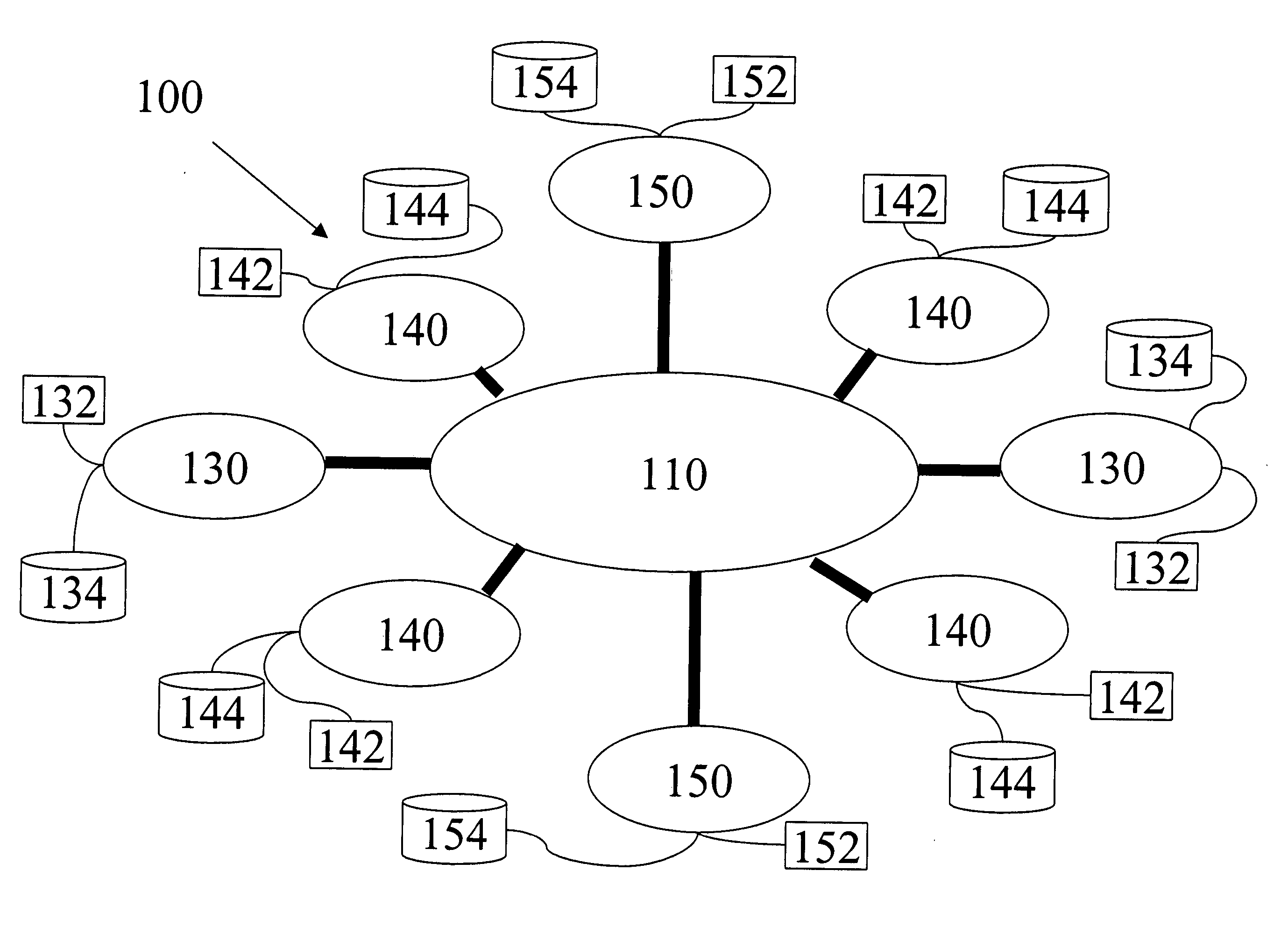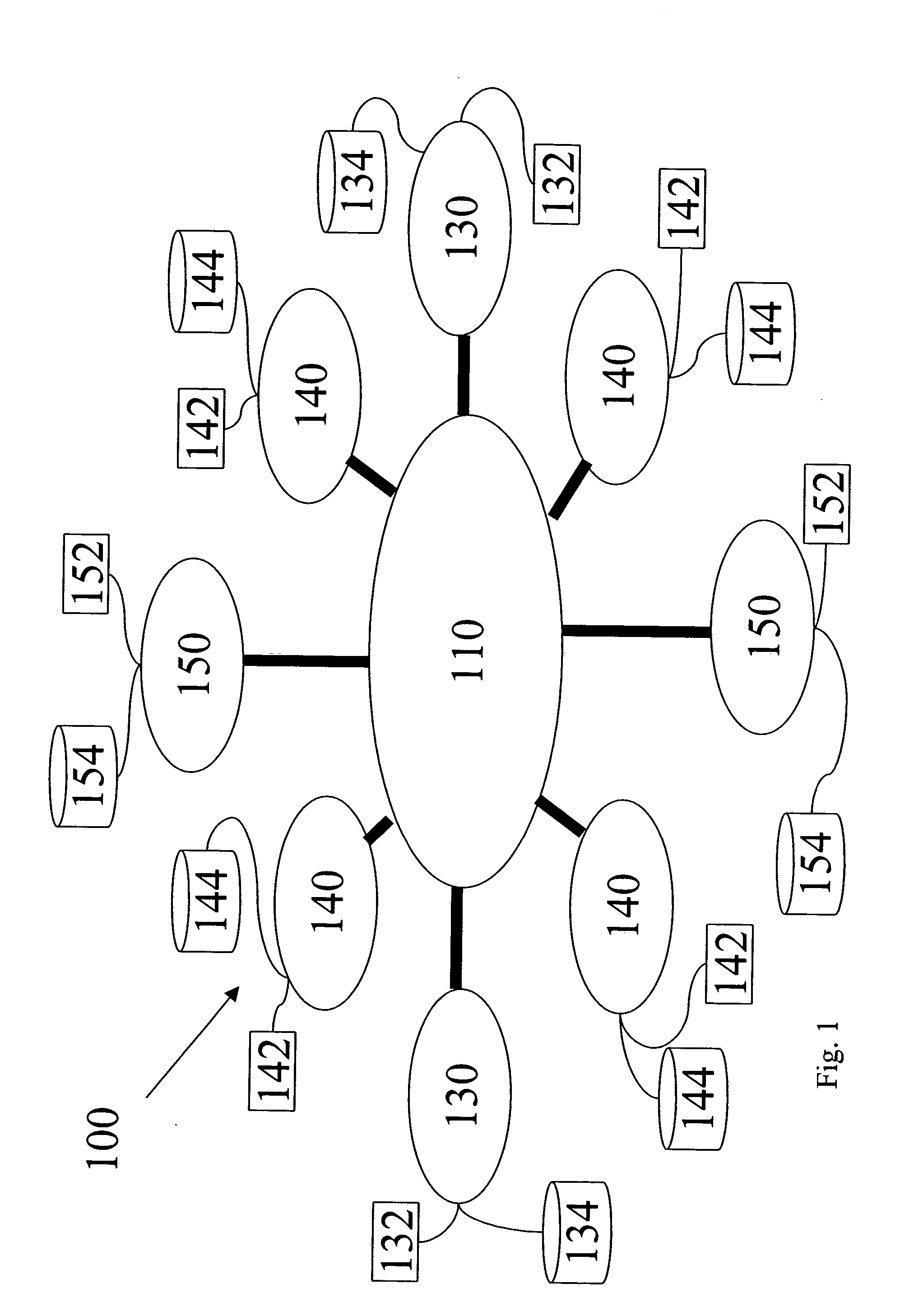Visibility and synchronization in a multi tier supply chain model
a multi-tier supply chain and visibility technology, applied in the field of synchronized supply chain management network, can solve the problems of oem's liable to their suppliers for components, oem's lack of ability to monitor demand and commit responses, and substantial adverse effects on the delivery of products to the oem for the oem to sell, so as to eliminate a source of otherwise additional cost and delay, and high availability
- Summary
- Abstract
- Description
- Claims
- Application Information
AI Technical Summary
Benefits of technology
Problems solved by technology
Method used
Image
Examples
Embodiment Construction
The description herein includes a preferred embodiment of the invention, including preferred data structures and process steps. Those skilled in the art would realize after perusal of this application, that embodiments of the invention might be implemented using a variety of other techniques not necessarily specifically described herein, without undue experimentation or further invention, and that such other techniques would be within the concept, scope, and spirit of the invention.
Lexicography
The following terms relate or refer to aspects of the invention or its embodiments. The general meaning of each of these terms is intended to be illustrative and in no way limiting. first tier, second tier, later tier—In general, these terms refer to any business entity in the extended supply chain, with the tier number representing the distance in purchaser-supplier relationships from the manufacturer at the head end of the extended supply chain. Thus, first tier parts suppliers are tho...
PUM
 Login to View More
Login to View More Abstract
Description
Claims
Application Information
 Login to View More
Login to View More - R&D
- Intellectual Property
- Life Sciences
- Materials
- Tech Scout
- Unparalleled Data Quality
- Higher Quality Content
- 60% Fewer Hallucinations
Browse by: Latest US Patents, China's latest patents, Technical Efficacy Thesaurus, Application Domain, Technology Topic, Popular Technical Reports.
© 2025 PatSnap. All rights reserved.Legal|Privacy policy|Modern Slavery Act Transparency Statement|Sitemap|About US| Contact US: help@patsnap.com



